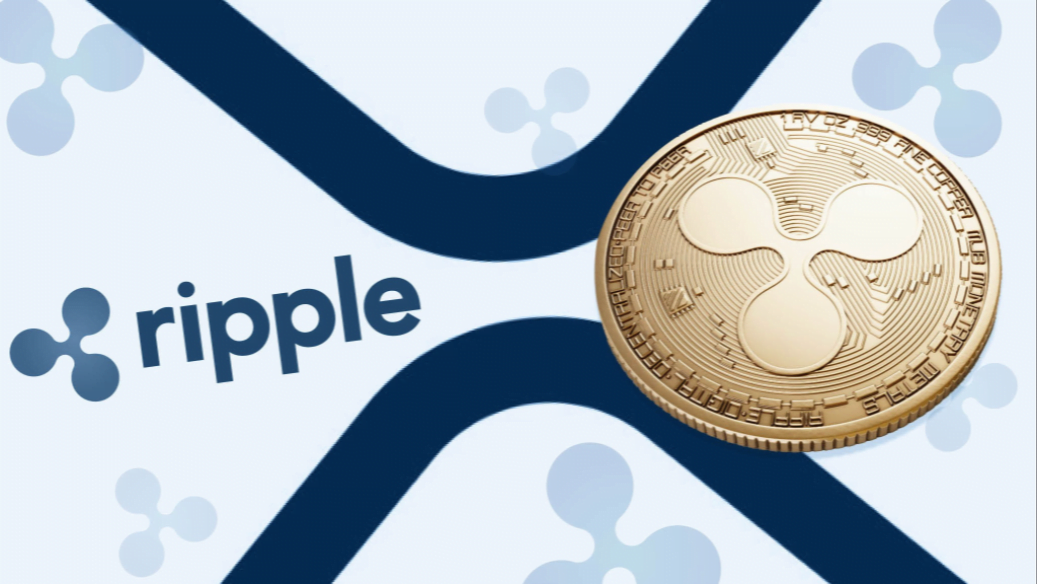- Wallis highlighted in a recent interview that CBDCs have a higher level of security than traditional money systems and are capable of eliminating high friction, especially in last-mile transactions.
- The XRPL is expected to play a crucial role in retail CBDC mainstream adoption in the Web3 ecosystem amid regulatory clarity for Ripple in the United States.
Ripple Labs, a well-funded blockchain payment company, is well-positioned to revolutionize the global financial system as more central banks prepare to roll out their respective Central Bank Digital Currency (CBDC). The Ripple development team led by Chief Technology Officer David Schwartz has been building the proper infrastructure to enable retail CBDC to enter the Web3 industry in a regulated manner.
Moreover, Ripple has received notable regulatory clarity through the ongoing lawsuit filed by the United States Securities and Exchange Commission (SEC).
On Tuesday, New York District Judge Analisa Torres denied the SEC’s interlocutory motion of appeal, thus stamping on the narrative that XRP is not a security. As a result, the case is expected to proceed to trial during the first quarter of 2024.
Ripple’s Wallis on Retail CBDC Future Outlook
In a recent interview with media outlet pymnts, the Vice President of central bank engagement at Ripple Labs, James Wallis, highlighted that there are many benefits associated with the use of digital currencies that are limited to the traditional form of money. According to Wallis, a digital currency can move quickly with more certainty compared to the traditional form of money.
“You can do what I would call the ‘last mile. If you want to send something across the border to a relative in another country, you have to sign up with a payment provider or bank, use their mechanism to conduct the payment, and then another payout mechanism at the end of the last mile,” Wallis noted.
With blockchain technology, web3 developers can add additional functions and capabilities on top of the core infrastructure used by the CBDC issuers. As a result, Wallis noted that the private sector can easily tap into the CBDC developments, hence adding more use cases. For instance, Wallis highlighted that cross-border payments will be the biggest beneficiaries of retail CBDCs.
“Each CBDC use case has to offer something better than the way things happen today. For example, I would use a CBDC rather than cash or something else because it is faster. Or for a cross-border payment because it is less expensive,” Wallis added.
Benefits to the XRP Holder
The XRP community is expected to be one of the largest beneficiaries of retail CBDCs running through the XRPL. Moreover, XRP is used as an intermediary currency to settle the forex differences between different fiat currencies. As a result, the demand for XRP is expected to dramatically rise in the coming years, which will significantly help in adding value to the digital asset.
Recommended for you:
- Buy Ripple (XRP) Guide
- Ripple XRP Wallet Tutorial
- Check 24-hour XRP Price
- More Ripple (XRP) News
- What is Ripple (XRP)?
Subscribe to our daily newsletter!
No spam, no lies, only insights. You can unsubscribe at any time.




